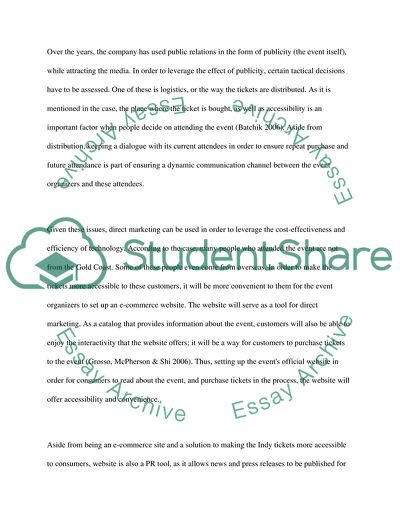Cite this document
(Service Marketing: Direct Marketing as a Strategic Tool Case Study - 3, n.d.)
Service Marketing: Direct Marketing as a Strategic Tool Case Study - 3. Retrieved from https://studentshare.org/marketing/1728763-service-marketing
Service Marketing: Direct Marketing as a Strategic Tool Case Study - 3. Retrieved from https://studentshare.org/marketing/1728763-service-marketing
(Service Marketing: Direct Marketing As a Strategic Tool Case Study - 3)
Service Marketing: Direct Marketing As a Strategic Tool Case Study - 3. https://studentshare.org/marketing/1728763-service-marketing.
Service Marketing: Direct Marketing As a Strategic Tool Case Study - 3. https://studentshare.org/marketing/1728763-service-marketing.
“Service Marketing: Direct Marketing As a Strategic Tool Case Study - 3”, n.d. https://studentshare.org/marketing/1728763-service-marketing.


